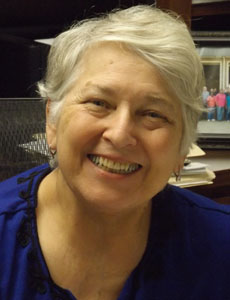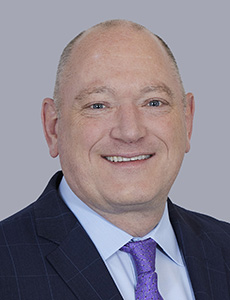Injury Prevention
Going Through the Motions

It was during a session at last year’s National Workers Compensation and Disability Conference® and Expo that Anne-Marie Amiel first heard the term “industrial athletes.”
She was among the presenters at the session highlighting the tactics and philosophies of the 2015 Teddy Award winners. As risk manager for Columbus Consolidated Government in Georgia, Amiel was honored for substantially reducing workers’ compensation claims costs, revamping return-to-work and enhancing safety training.
But when she heard Tamara Ulufanua-Ciraulo of Stater Bros Supermarkets, another winner, talk about how the grocer supports its aging workers by treating them as industrial athletes, it stuck in her mind.
“That triggered a thought,” said Amiel.
Then, as many NWCDC attendees do, she engaged in a corridor conversation with another attendee. He mentioned obstacle courses — and the idea of a “Workplace Athlete Day” was born.
“We wanted to do something for employees and we decided to do something that apparently has not been done anywhere else in the country before,” Amiel said.
VIDEO: The obstacle that drew the most crowd support was the duck walk, which had workers walking like ducks while holding a spoon with a softball and “waggling their tail feathers.” — Anne-Marie Amiel, risk manager, Columbus Consolidated Government, Ga.
“We wanted a day where we put our employees through an obstacle course that tests the motions they do in their jobs,” she said.
“People who take care of themselves,” said Pat Biegler, director of public works in Columbus, “take better care of the city and the citizens and their families – and that’s our goal.”

Anne-Marie Amiel, risk manager, Columbus Consolidated Government, Ga.
After consulting with several physical therapy companies, they put together an obstacle course “based on proper motion and safe techniques, not on speed or strength,” Amiel said.
“The physical therapists were awesome,” she said. “We talked about the different motions that are involved in different activities for different work uses. Several of them volunteered to act as judges.”
Eventually, about two dozen obstacles were created – “some hilarious and a lot of fun” – but underlying the laughter was the need “to keep employees flexible and fit throughout their careers so they have fewer injuries and are able to do their jobs until retirement age.”
That not only helps employees stay well, but it has the benefit of keeping workers’ compensation claims down, she said. “Now that we have launched this major initiative, I think we will see a significant reduction in frequency.”
The obstacles included throwing footballs and Frisbees, crawling through pipes, lifting items to several different heights, basketball, pushing wheelbarrows and stepping through a double row of tires.
But the obstacle that drew the most crowd support was the duck walk, which had workers walking like ducks while holding a spoon with a softball and “waggling their tail feathers,” Amiel said.
“It was hilarious but it was testing their ability to move when they had to squat.” And, of course, the observers felt compelled to “quack, quack, quack” at the participants the entire time.

Pat Biegler, director of public works, Columbus, Ga.
The competition included about 25 teams of six employees, each of whom signed up for the day-long program, which included wellness checks, a healthy lunch, trophies and gifts, such as safety glasses, leather gloves, earplugs and sunscreen.
Next year, Amiel and Biegler plan to open the competition to more of the 450 full-time public works employees.
“Seven of the top 10 dangerous jobs in the country are public works jobs,” Amiel said.
“Workplace Athlete Day” is important, Biegler said, “because prevention is so very, very critical to keeping accidents down and we want a workforce that is healthy, that’s happy and that is not injured so this will allow us to evaluate [potential problems] and allow them to do it in a fun environment.”
“Pat is extremely serious about safety,” Amiel said. “Public works is very nearly always my guinea pig [for safety training and injury prevention]. Pat is very serious about keeping employees fit and productive and is always willing to try anything.”
Both women will be presenting a session at the NWCDC in November on return-to-work strategies.
Working with the physical therapists on the obstacle course also resulted in a new morning routine for public works employees. Supervisors lead them through an exercise session every morning to “warm up their muscles before they start using them in earnest,” Amiel said.
Amiel hopes to expand the obstacle course program to every department in the city. “Several departments have already expressed interest,” she said.
“The morale boost was huge and employees know they are going to be challenged next year even more,” Amiel said. “They had so much fun, but they all came out of it and said they learned so much.”










